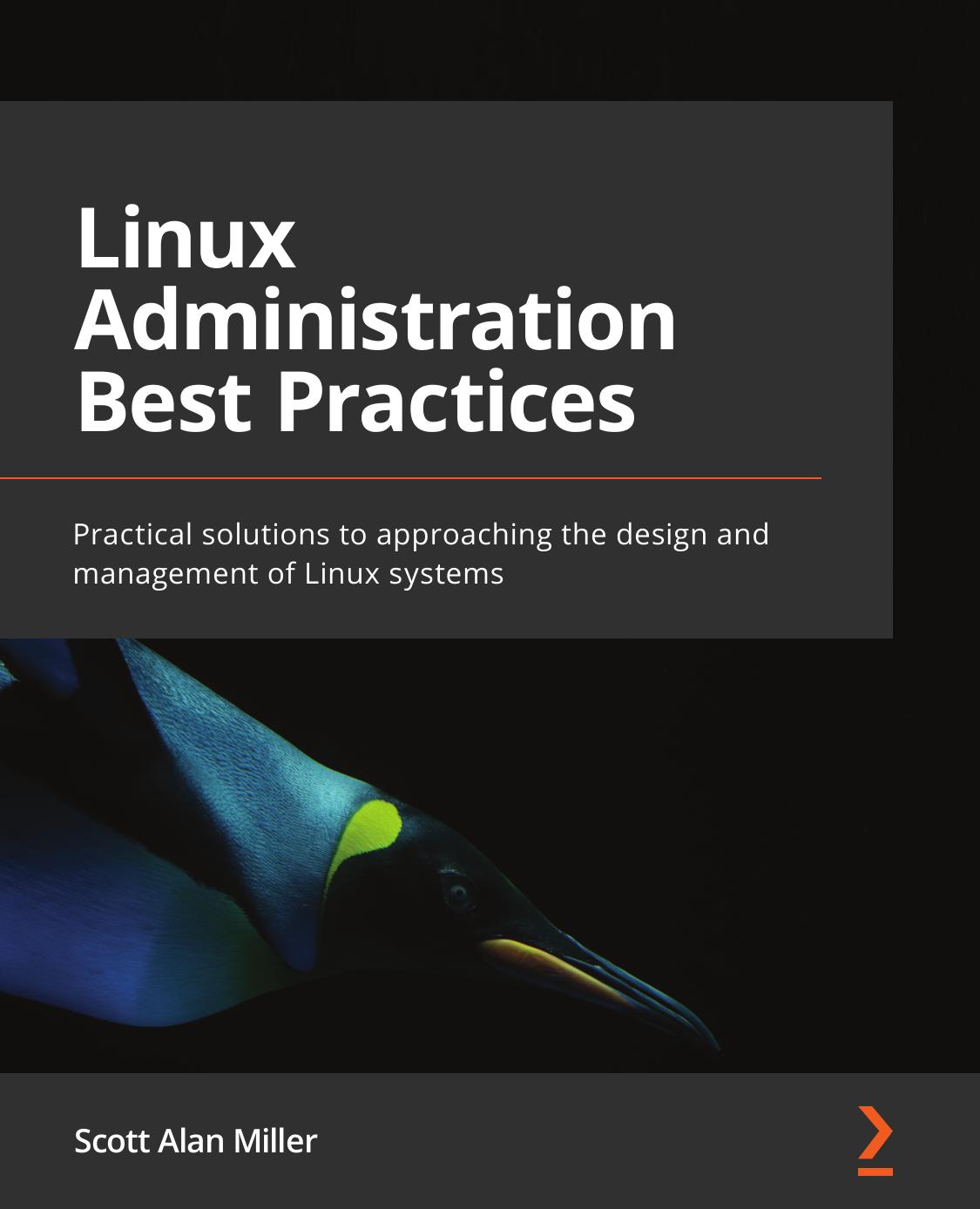

Most ebook files are in PDF format, so you can easily read them using various software such as Foxit Reader or directly on the Google Chrome browser.
Some ebook files are released by publishers in other formats such as .awz, .mobi, .epub, .fb2, etc. You may need to install specific software to read these formats on mobile/PC, such as Calibre.
Please read the tutorial at this link: https://ebookbell.com/faq
We offer FREE conversion to the popular formats you request; however, this may take some time. Therefore, right after payment, please email us, and we will try to provide the service as quickly as possible.
For some exceptional file formats or broken links (if any), please refrain from opening any disputes. Instead, email us first, and we will try to assist within a maximum of 6 hours.
EbookBell Team

4.7
66 reviewsGain an understanding of system administration that will remain applicable throughout your career and understand why tasks are done rather than how to do them
Key FeaturesDeploy, secure, and maintain your Linux system in the best possible wayDiscover best practices to implement core system administration tasks in LinuxExplore real-world decisions, tasks, and solutions involved in Linux system administrationBook DescriptionLinux is a well-known, open source Unix-family operating system that is the most widely used OS today. Linux looks set for a bright future for decades to come, but system administration is rarely studied beyond learning rote tasks or following vendor guidelines. To truly excel at Linux administration, you need to understand how these systems work and learn to make strategic decisions regarding them.
Linux Administration Best Practices helps you to explore best practices for efficiently administering Linux systems and servers. This Linux book covers a wide variety of topics from installation and deployment through to managing permissions, with each topic beginning with an overview of the key concepts followed by practical examples of best practices and solutions. You'll find out how to approach system administration, Linux, and IT in general, put technology into proper business context, and rethink your approach to technical decision making. Finally, the book concludes by helping you to understand best practices for troubleshooting Linux systems and servers that'll enable you to grow in your career as well as in any aspect of IT and business.
By the end of this Linux administration book, you'll have gained the knowledge needed to take your Linux administration skills to the next level.
What you will learnFind out how to conceptualize the system administrator roleUnderstand the key values of risk assessment in administrationApply technical skills to the IT business contextDiscover best practices for working with Linux specific system technologiesUnderstand the reasoning behind system administration best practicesDevelop out-of-the-box thinking for everything from reboots to backups to triagePrioritize, triage, and plan for disasters and recoveriesDiscover the psychology behind administration dutiesWho this book is forThis book is for anyone looking to fully understand the role and practices of being a professional system administrator, as well as for system engineers, system administrators, and anyone in IT or management who wants to understand the administration career path. The book assumes a basic understanding of Linux, including the command line, and an understanding of how to research individual tasks. Basic working knowledge of Linux systems and servers is expected.
Table of ContentsWhat Is the Role of a System Administrator?Choosing Your Distribution and Release ModelSystem Storage Best PracticesDesigning System Deployment ArchitecturesPatch Management StrategiesDatabasesDocumentation, Monitoring, and Logging TechniquesImproving Administration Maturation with Automation through Scripting and DevOpsBackup and Disaster Recovery ApproachesUser and Access Management StrategiesTroubleshooting